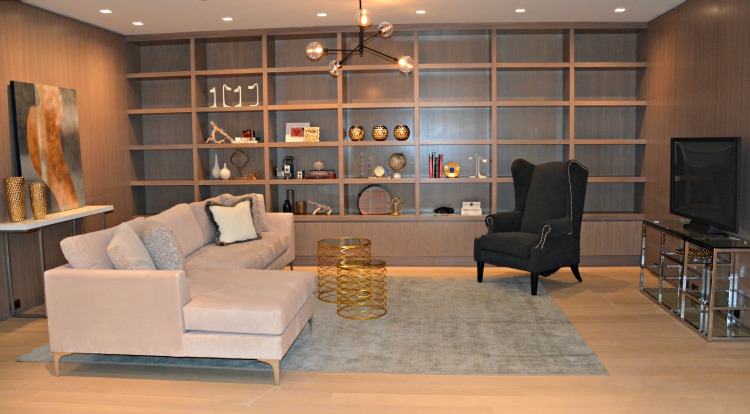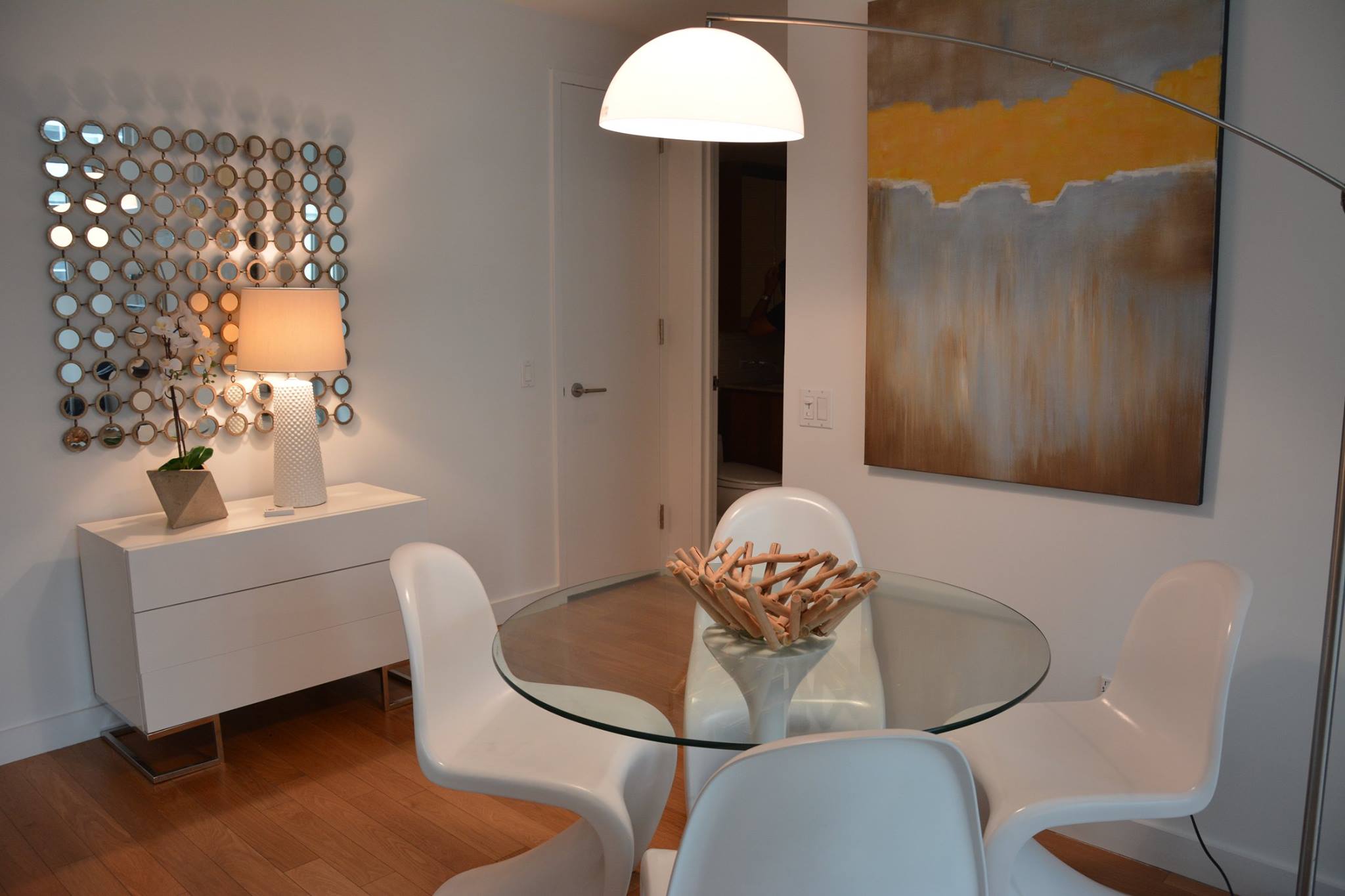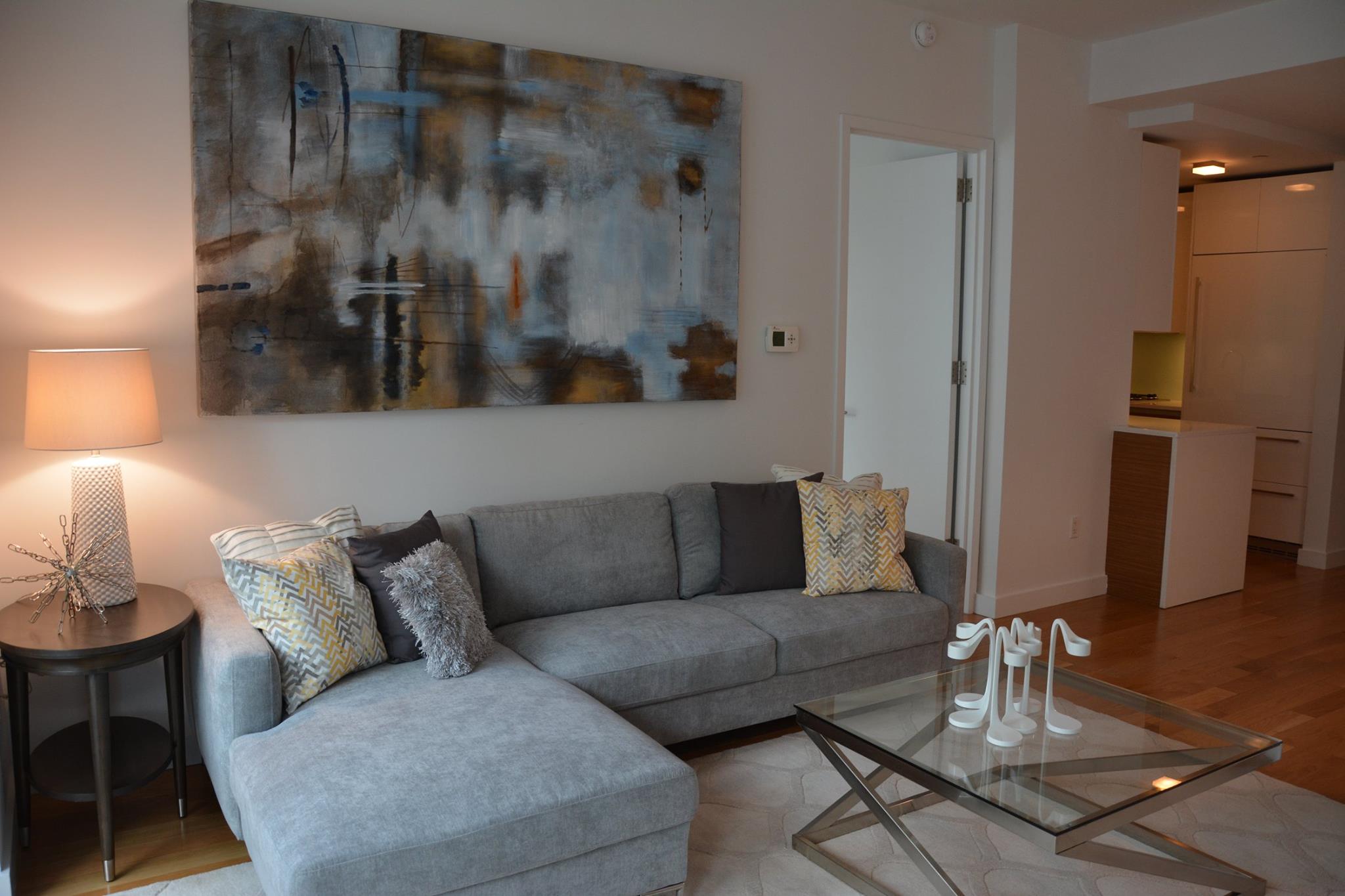Stager Tori Toth talks furniture placement, paint colors, and more tips to getting an apartment sold faster

Tori Toth believes in the power of staging to help people sell their properties more quickly and inefficiently. She's written a book, Feel at Home: Home Staging Secrets for a Quick and Easy Sell, and created a series of online videos to show sellers how to do it themselves. She also runs her own staging company. We caught up with Toth for some true tricks of the trade.
What's the number one staging mistake people make when trying to sell their homes?
They’re not in the right mindset. If you want to become a savvy seller, it’s about changing your habits while you’re on the market. Once you’re out of your head and you have the right mindset, it’s easier to accept making changes, whether that's paint colors, or keeping the home really neat and clean. A lot of times people can’t see what’s in front of their eyes, whether that's clutter in the corner or home repairs. People get used to what they see every day and don't feel the drive to change it. That’s why stagers are one part creative person, one part psychologist.
What look should a seller be trying to achieve through staging?
Every neighborhood is a little different. You want to figure out who’s going to buy the home and connect to the emotional there. If you’re in a trendy neighborhood, for example, and have an extra bedroom, you can stage it like an office rather than a second bedroom. That might appeal more. The decor should be generic enough, where you have neutral colors, and it feels updated, but it also needs to have enough personality, that when the buyer walks in, they feel, “This is for me.”
Anything that you advise clients to get rid of?
Usually any collections that have outgrown the space, personalized photos, and even some antiques. They’re too space-specific. Also, if it's too precious to keep out, put it in storage. What if a buyer knocks it over?
How can you make a small space look less tiny through staging?
You need to use your vertical space, and get everything off the floor (shelving is great for that). A lot of people don’t notice the space up above their heads, and that's crucial space.

Another trick is creating multi-functions (see photo below). In an office, for example, you might want to put in a daybed, too, so people can get a sense of the two purposes. Or you could make a corner of your living room into a small office space. You want to maximize what you have.

Any advice for paint colors?
Neutral is better than anything bold. You can have one focal wall that’s a color. But otherwise go for greys and beiges, not stark whites, because those feel boring and sterile. You could certainly play around with the palette of neutrals.
Neutrals are also warmer and more inviting when you bring in organic materials like wood. Mix those in.
What are some inexpensive items to buy for staging?
A rug in the living room is a great way to make it warmer. Throw pillows offer a pop of color or sometimes a pattern. What you want to do with mirrors is hang them across from any natural light source you have—that makes the room look lighter and bigger.

You say that furniture placement is important. Any advice on that?
A major piece of furniture should be across from the entrance space. That just works in a feng shui way.
If you have two large pieces, you can choose whatever focal point you want. That gives the sense you have space to move around.


Any suggestions on how to vet a stager? How does the process work?
There's a Real Estate Staging Association, and they have a directory of stagers, which can be a good place to start when looking for names. Usually, in my experience, sellers will interview two to three stagers, because every stager works a little differently and you want to make sure you're compatible.
Usually you’ll have a consultation, sometimes the stager willl follow up with a written report, and they give you a proposal. You’re going to want your stager to have a portfolio, and to show you the work they’ve done, so you can make sure they have the right style.
Once they're hired, the stager usually comes back for a day or two to set things up. Sometimes it means renting furniture (for about two months), sometimes not. It depends what can be done with the furniture you already have.
Stagers sometimes charge per project, sometimes per hour. I usually do a flat fee for labor costs staring at $1,500, plus acessories that clients sometimes rent from us, and that's a monthly rental fee.



























